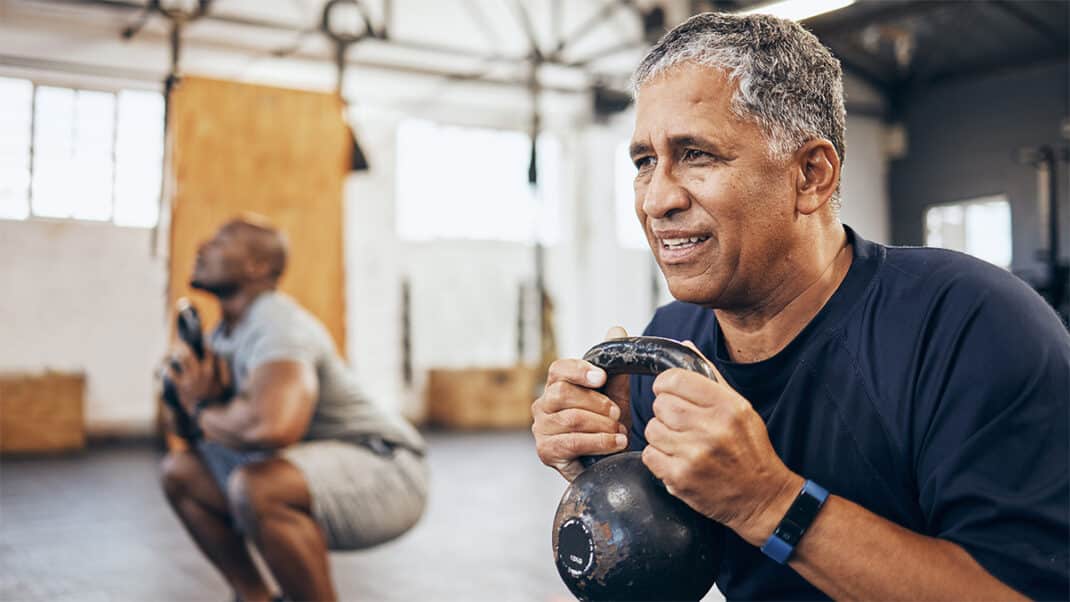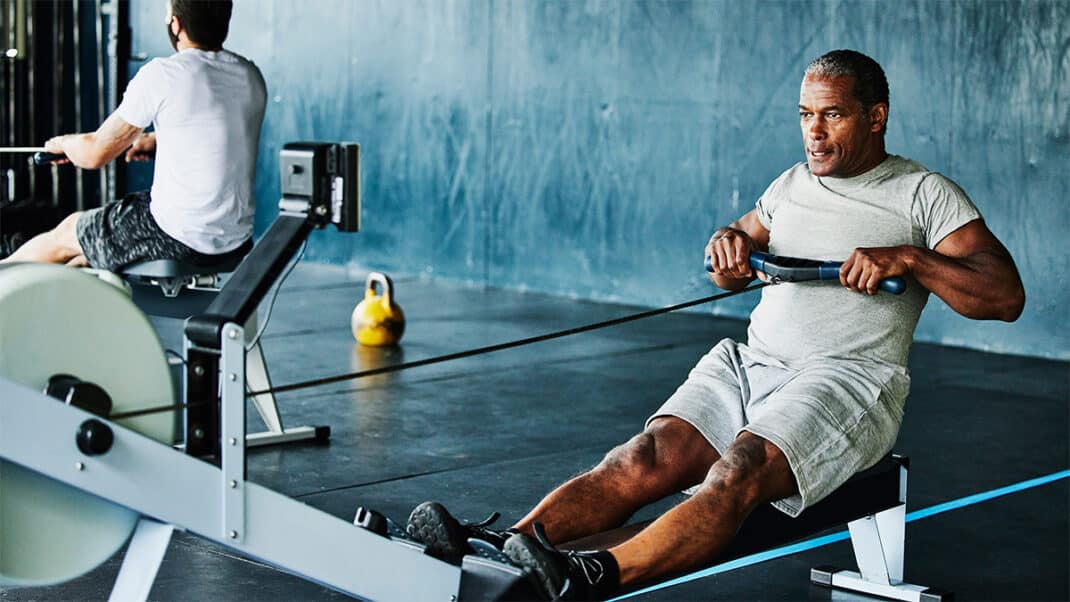Build Better Bones
Women: You’re not usually complimented on how great your bones look, but bone fitness is important to keep you strong and to prevent osteoporosis. What can you do to enhance your bone health? Get the skinny on this topic from Jason R. Karp, PhD, owner of RunCoachJason
.com, director and coach of REVO2LT Running Team, a freelance writer and a competitive runner.
Exercise is important to build healthy bones, and weight-bearing exercise is best. Weight-bearing exercise is activity that works the bones and muscles against gravity. For example, running, walking, hiking, stairclimbing, dancing and sports that
involve running are all weight-bearing. Swimming and cycling, however, are not.
Doing weight exercises is also crucial for strong bones. Researchers found that women who combined aerobic exercise and weight training had a greater bone mineral density (BMD) of the lumbar spine than women who did only aerobic exercise (Davee, Rosen & Adler 1990).
A number of other studies have also shown that weight training increases BMD, especially in premenopausal women (Layne & Nelson 1999; Petranick & Berg 1997). The strong contraction of muscles as they pull on the bones to which they attach influences the magnitude of stress on the bones themselves.
Since the intensity of the stress on the bone is more important for increasing BMD than the number of times the stress is repeated (Prior et al. 1996), you need do only one set of weight training with a heavy weight to increase BMD. Weight training should target specific body parts, since the effect of weight training on BMD is specific to the bones that attach to the muscles being used.
Two essential nutrients for bone health are calcium and vitamin D. The Institute of Medicine of the National Academy of Sciences recommends that women aged 19–50 years need to consume 1,000 milligrams (mg) of calcium and 400 International Units (IU) of vitamin D per day, and women over 50 years (or postmenopausal) need to consume 1,200 mg of calcium and 600–800 IU of vitamin D per day (Borer 2005).
Adequate calcium and vitamin D intakes become increasingly important after age 40, when losses of bone mineral become measurable (Borer 2005). While dietary sources of calcium and vitamin D are optimal, you should
consider supplements if your diet alone cannot provide the recommended daily intake. n
Exercise
- high-intensity resistance exercise
- resistance exercise that focuses on the muscles of the lumbar spine and front and back hip regions
- plyometric exercises (such as hops, jumps and bounding)
- an emphasis on movement in varying directions
- weight-bearing exercise during adolescence, before skeletal maturity is reached
For guidance on developing an exercise program to maintain bone health, consult a qualified personal trainer.
Nutrition
- 1,000 mg of calcium per day for women aged 19–50 years; 1,200 mg per day for women over 50 years
- 400 IU of vitamin D per day for women aged 19–50 years; 600–800 IU per day for women over 50 years
- adequate caloric intake to meet metabolic needs
References
Institute of Medicine. 2004. Executive Summary, Dietary Reference Intakes for Water, Potassium, Sodium, Chloride, and Sulfate. National Academy of Sciences, Food and Nutrition Board. Washington, DC: National Academy Press.
Sawka, M.N., et al. 2007. American College of Sports Medicine Position Stand: Exercise and fluid replacement. Medicine & Science in Sports & Exercise, 39, 377–90.
Williams, M.H. 2005. Nutrition for Health, Fitness & Sport (7th ed.). Boston: McGraw-Hill Higher Education.
This handout is a service of IDEA, the leading international membership association in the health and fitness industry, www.ideafit.com.





